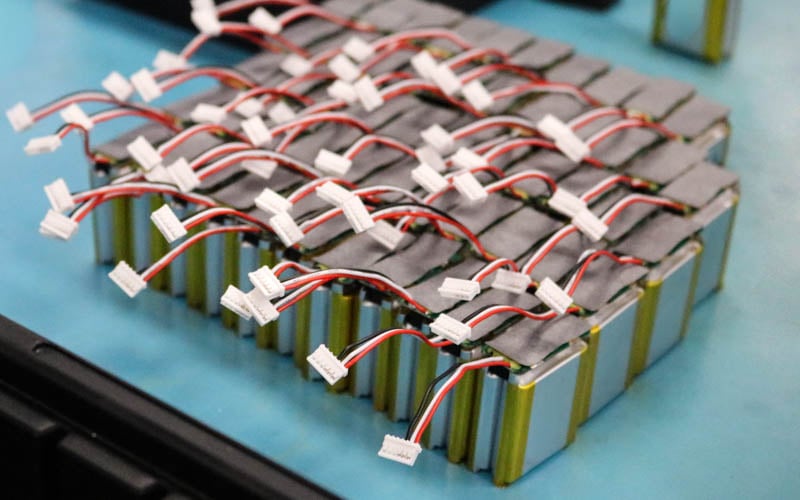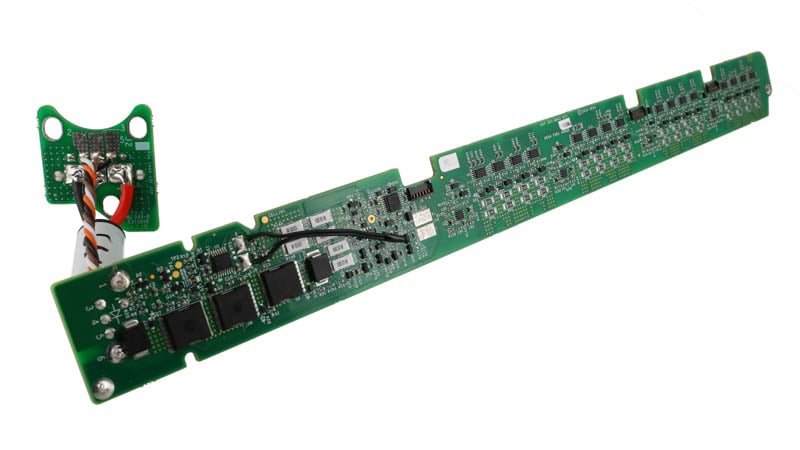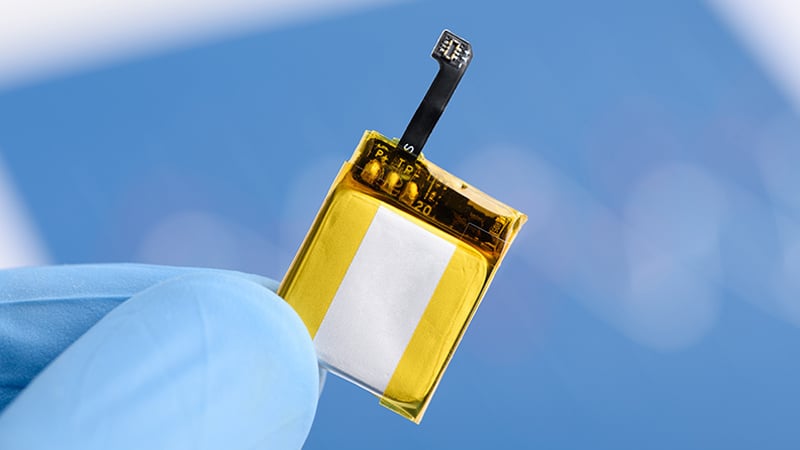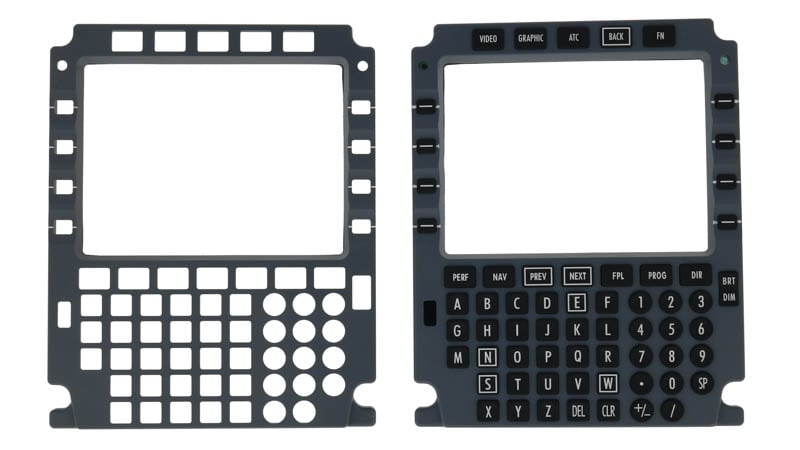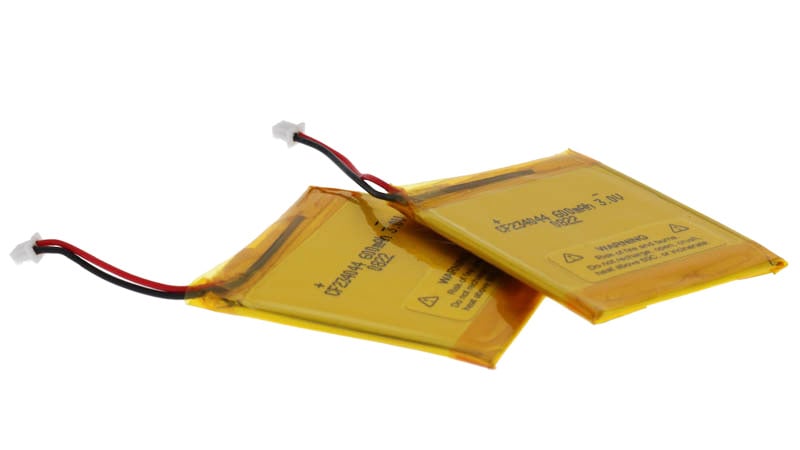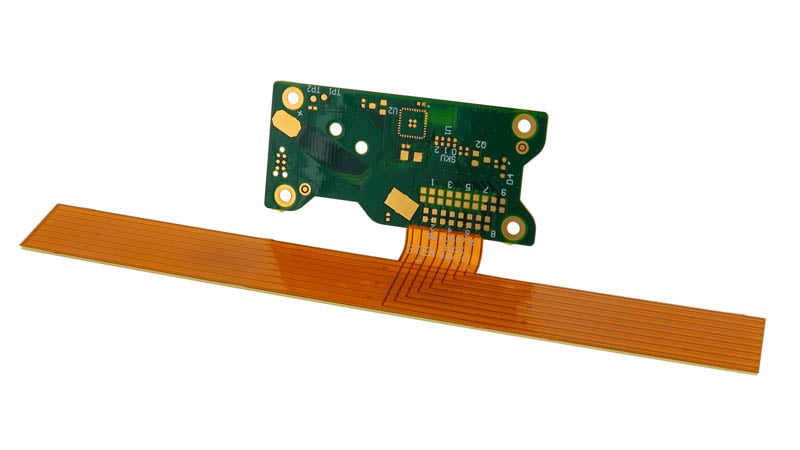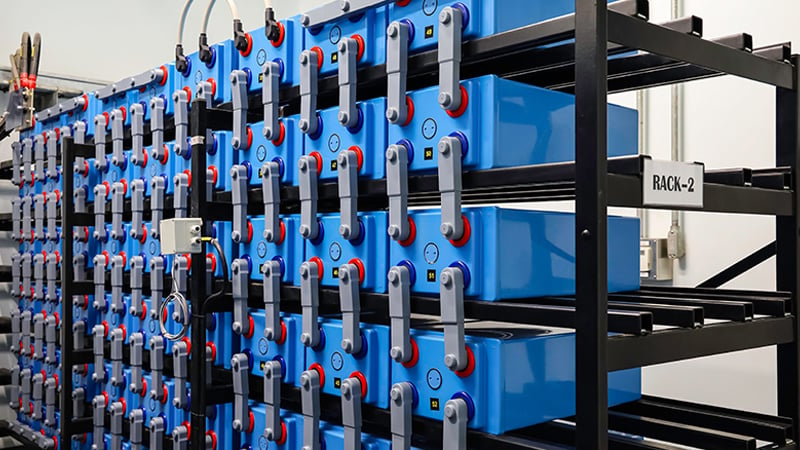Every device requires unique power and energy needs, whether it requires a strong jolt of power when starting up or a steady amount of energy for long periods of work activity. Yet factors such as aging, degradation, extreme temperatures, and severe discharging events can impact the available capacity of a battery cell.
Newer technological devices require battery cells to provide higher levels of power while being lightweight and small. When seeking higher levels of energy and power in battery packs, these circumstances create an environment that leads to potentially unstable battery chemistries, elevated temperatures, short circuits, cell swelling, loss of capacity, and overcharging/over-discharging.
In modern electronic systems, the need for high-speed data transmission has never been greater. With faster clock speeds, smaller geometries, and increasing complexity in printed circuit board (PCB) layouts, ensuring signal integrity has become a top priority for designers. Consulting your PCB manufacturer should be at the top of your list.
Wearable devices such as smartwatches, wearable cameras, ECG monitors, and fitness trackers rely on custom batteries to provide power for operation. Designing wearable technologies creates significant challenges due to the size and flexibility of the devices. Wearable tech requires battery packs to be light enough for use while providing long-lasting energy.
In today’s increasingly connected world, high-speed digital signaling is no longer limited to specialized applications; it’s now a requirement across a broad spectrum of industries, including aerospace, medical, automotive, and advanced communications.
Designing a product that moves efficiently from concept to production requires more than just a good idea, it demands an in-depth understanding of how each component will be manufactured and assembled. At Epec, we work with engineers across various industries to optimize designs for manufacturability, whether it’s a custom cable assembly, rigid-flex PCB, battery pack, or fully integrated user interface.
Devices are becoming smaller and lightweight. To power these applications, customers are seeking battery packs that are compact while providing efficient energy. Compact batteries are found in a variety of applications, from smartphones to medical devices. These batteries provide consistent power and a long lifespan.
Optimizing performance is something that can be found in every aspect of life. From cars to computers, and from tools to PCBs, optimizing performance can lead to better reliability, less risk, and ultimately a more robust product.
When it comes to designing custom cable assemblies, understanding the specific requirements is critical. These assemblies are not just a collection of wires, they are key components of complex systems where safety and reliability are non-negotiable.
Technology has required the need for energy storage devices to become lightweight and small to accommodate a range of devices. These devices need storage devices that can store high amounts of energy that can provide for long periods of time.


